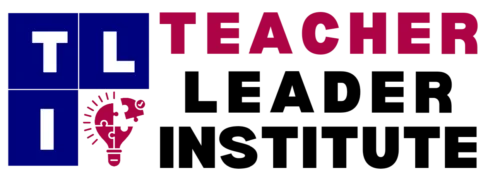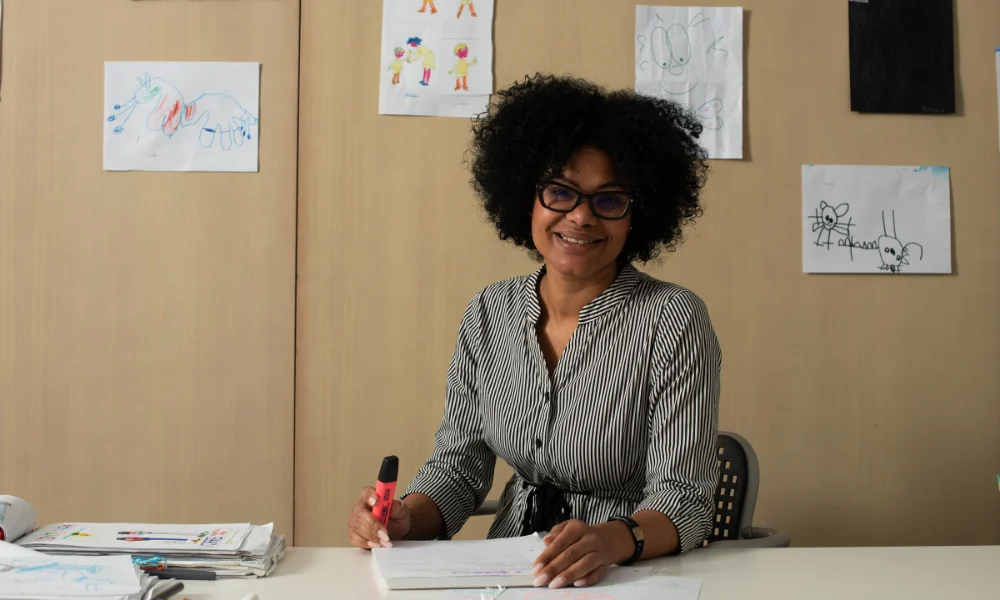I remember learning to ride a bicycle at age 6. As with many other children learning to ride a bicycle, I faced challenges in balancing and coordinating pedalling. Subconsciously, after a few falls and very wobbly rides, my mind started to process what went wrong during those moments.
Subsequent attempts involved a natural form of reflection. I unconsciously observed how others rode bicycles, how they balanced, and other subtle nuances they made.
Through repeated trial and error, my subconscious mind remembered the sensations and experiences associated with successful and unsuccessful attempts which led to an automatic adjustment of body position, steering, and pedalling technique.
Over time, the subconscious reflection process contributed to my ability to balance and ride confidently.
As with riding a bicycle, the reflection process is a necessary tool required to master any learning process. From the mundane to the ground-breaking things.
It involves a continuous loop of trying, observing, adapting, and refining our approach. It is more innate for us to acquire new skills and navigate challenges through this process.
This is no different in meeting the diverse needs of learners in our classrooms. While reflection in learning to ride a bicycle feels more subconscious, to predict success in our classrooms, we can make the subconscious conscious by intentionally driving the reflection process.
The landscape of education is dynamic and our ability to reflect on our teaching practices is invaluable for growth as teachers and ultimate student success. Imagine having the formula for solving any challenge you encounter in your classroom. Let’s walk through some benefits of cultivating a reflective practice and also offer practical tips for you to adapt and meet the diverse needs of learners.
Some benefits of reflective practice;
- Reflective practice fosters a mindset of continuous improvement, allowing us as teachers to identify areas for growth and refinement of our instructional methods
- Engaging in reflection deepens self-awareness, helping us recognize our teaching strengths, preferences, and areas that may require further development
- When we reflect regularly, we are better equipped to adapt our strategies to meet the unique needs of each learner, creating a more student-centred and inclusive classroom environment.
- We experience a boost in teacher efficacy when we become reflective practitioners, as we gain confidence in our ability to make informed decisions and positively impact student outcomes.
Some practical tips my teacher friends and I employ are;
- Keeping a reflective journal to document daily experiences, challenges, and successes. We also note personal thoughts and observations of what happens in our classrooms
- We set very clear goals in defining a problem of practice. The goals are specific, measurable, and achievable within a set time frame. While we are ambitious to solve many challenges, we are also aware of the power of focusing on one course till successful then we move to another. Rather than trying to chase so many goals at the same time and end up not achieving any.
- We provide constructive feedback to each other through peer observation and a culture of collaboration. This helps us gain insights into different teaching styles and approaches.
- Student data and assessments form the foundation for our reflections. We analyze trends, analyze patterns, and tailor instructional strategies based on evidence of student learning.
- We receive mentorship from more experienced educators and also have communities of practice to receive guidance, share insights, and engage with different perspectives on teaching challenges.
- One game changer for us was soliciting feedback from students about their learning experiences. Their insights provide valuable perspectives on our teaching effectiveness and areas for improvement.
- We celebrate our successes. We recognize that there is no small success because it all adds up.




